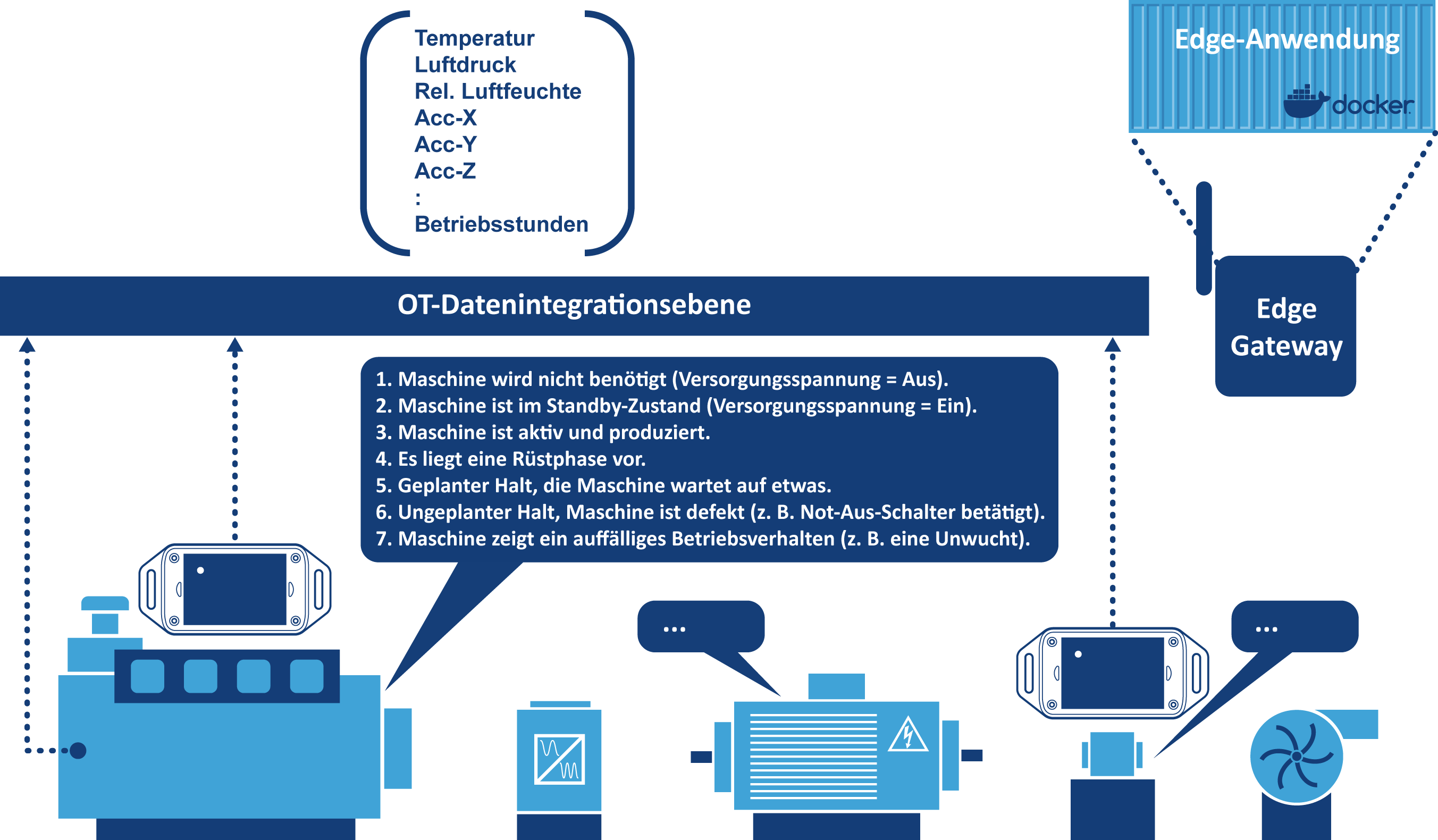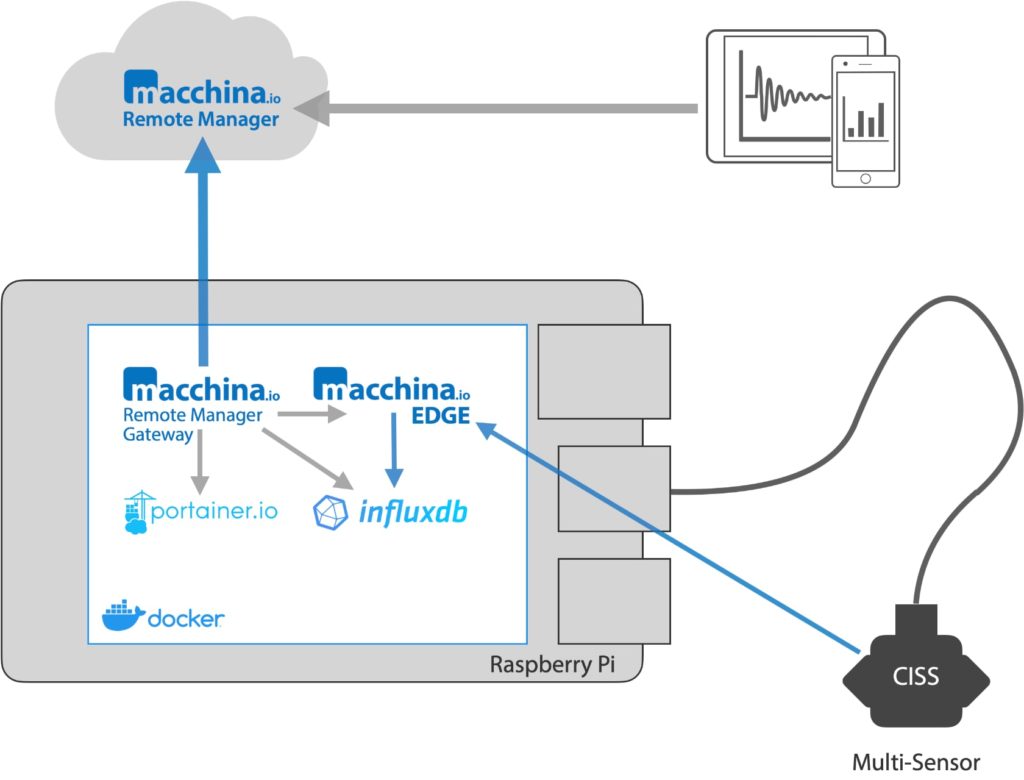

Container images tagged as 1809 would work on the latest 1809 Windows version builds.

Windows containers need to have the same build version as the version of the container host OS they run on. The second factor that determines whether to go for the Hyper-V feature is the OS build. However, if we need to run Linux containers, enabling Hyper-V is required.
#Docker edge version install
When we install Docker on a Windows server, the default mode of operation is process isolation. You need to enable Hyper-V in the host OS to run containers in Hyper-V isolation mode. Thus, it provides secure kernel-level isolation and enhanced compatibility. In process isolation mode, containers share the OS kernel with the host and hence are lightweight and similar to how containers work on Linux systems.Ĭonversely, in Hyper-V isolation mode, each container runs inside a special minimal virtual machine. On Windows platforms, you can run containers in two modes: process isolation and Hyper-V isolation. Microsoft Windows Server is closing that gap rapidly with new releases. However, there's always been a subtle functionality difference between Windows containers and Linux containers. With Windows Server 2019 (the 1809 build), Microsoft managed to bring the containers to Windows on par with containers on Linux systems.Īt present, thousands of enterprise customers are widely using Docker on Windows in production environments.

In 2018, this release followed with added support for the Semi-Annual Channel (SAC) Windows Server 17 versions. In 2017, they released Docker Swarm with the ability to create mixed Windows Server and Linux clusters. On Windows Server 2016, Docker and Microsoft came out with container technology that provided a consistent experience across both Linux and Windows Server environments. In 2014, Docker and Microsoft announced partnership to provide a consistent platform to build, ship, and run any application. When Docker first released a containerization product, they started with Linux as a base platform.


 0 kommentar(er)
0 kommentar(er)
